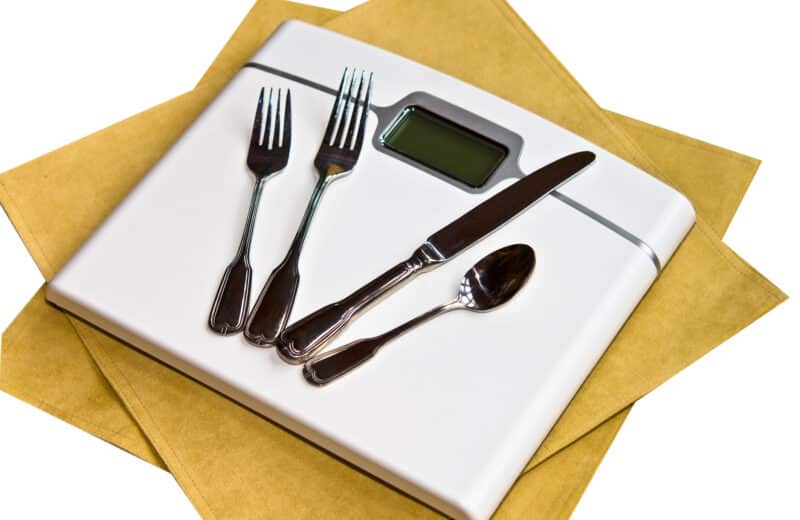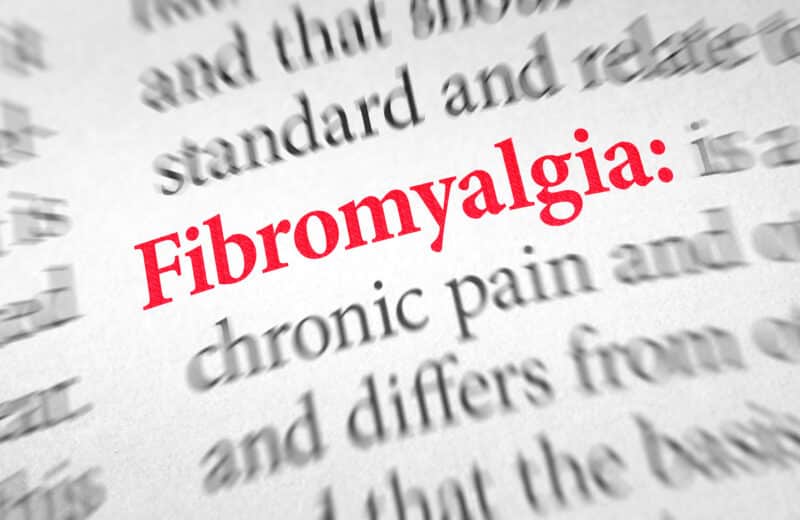Adolescent females are at greater risk for anemia than adolescent boys. This may be due to several reasons, including the fact that adolescent girls lose blood each month during their menstrual cycles and many teenage girls eat less red meat than adolescent boys.
While some adolescents with anemia (low hemoglobin and hematocrit) complain of headaches, irritability or fatigue (which are very common teenage complaints), others are completely asymptomatic. It is recommended that teens have a screening for complete blood count around the age of 13 and then every five years or so thereafter.
At the same time, the American Academy of Pediatrics recommends more frequent blood counts in those with risk factors for anemia, including diets low in iron rich foods (meat, eggs, fortified cereals), teens who have significant physical activity (especially female adolescent athletes), those with vegetarian or vegan diets, and for any adolescent girl with excessive menstrual bleeding. Obese teens also have a higher incidence of anemia and should be screened. This list includes many of my patients.
Interestingly, you can have low iron stores without yet being anemic. I have now started looking at the serum ferritin levels in teens with risk factors for anemia, as I am finding that some of my athletic patients have low ferritin levels, with a normal blood count. Some recent studies have shown that low ferritin may impact athletic performance including fatigability. While fatigue during exercise is a subjective symptom, maintaining iron stores is important for overall health.
Lastly, iron deficiency may impact cognitive function in adolescents. There have been several studies showing that girls who had higher serum ferritin levels had statistically significant improvement on cognitive tests of verbal learning and memory; so it may be worth looking at levels in a teen who is suddenly having difficulty in school, without previous issues. One blood test!
(Dr. Sue Hubbard is an award-winning pediatrician, medical editor and media host. “The Kid’s Doctor” TV feature can be seen on more than 90 stations across the U.S. Submit questions at http://www.kidsdr.com. The Kid’s Doctor e-book, “Tattoos to Texting: Parenting Today’s Teen,” is now available from Amazon and other e-book vendors.)













